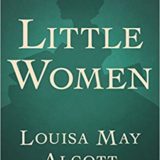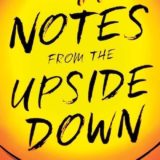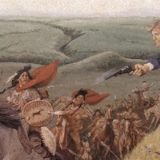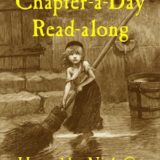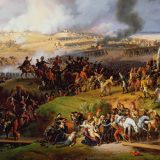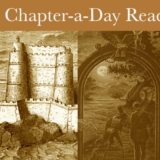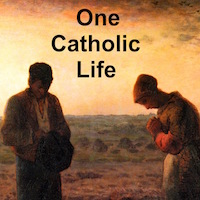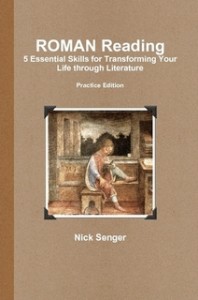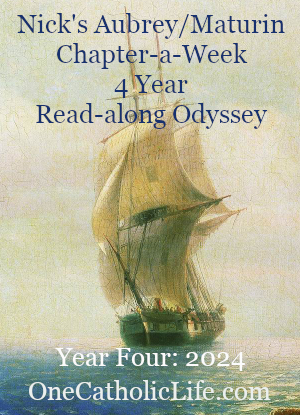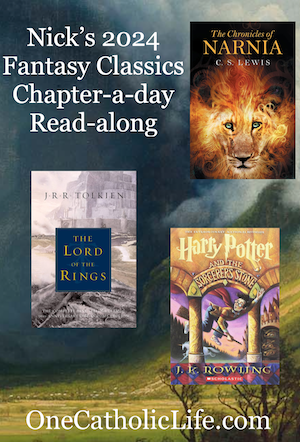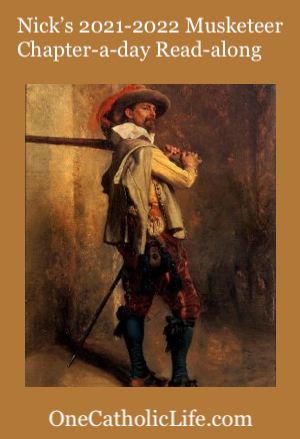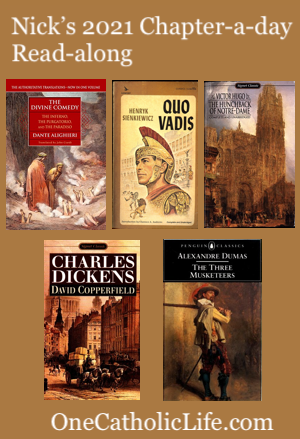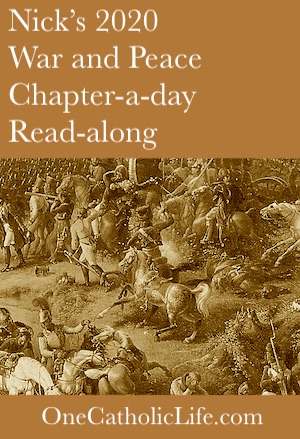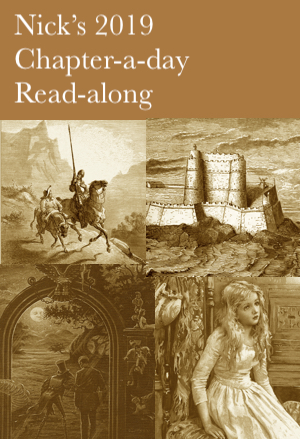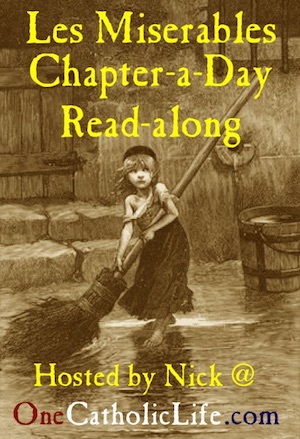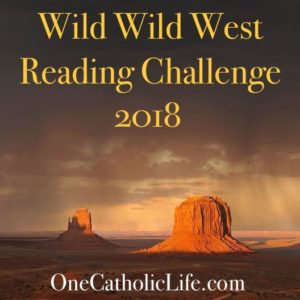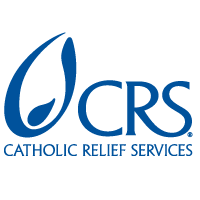Classics Club Book #2: The House on the Borderland by William Hope Hodgson
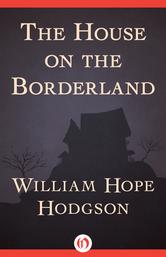 The House on the Borderland is an eerie novel that ultimately leaves many questions unanswered. Written in 1908, it is often cited as an influence on writers like H.P. Lovecraft and Terry Pratchett, and it is listed in Fantasy: The 100 Best Books, edited by James Cawthorn and Michael Moorcock. It also becomes my second finished book in the Classics Club Challenge.
The House on the Borderland is an eerie novel that ultimately leaves many questions unanswered. Written in 1908, it is often cited as an influence on writers like H.P. Lovecraft and Terry Pratchett, and it is listed in Fantasy: The 100 Best Books, edited by James Cawthorn and Michael Moorcock. It also becomes my second finished book in the Classics Club Challenge.
I really wanted this book to be good. The beginning starts off promising: two men on a fishing holiday in a remote part of Ireland discover the ruins of a mysterious house, and among the debris they recover a rotting journal. The journal records the thoughts of an unnamed man referred to only as the Recluse. The Recluse lived in the House with his sister Mary and his dog Pepper, and after some bizarre and terrifying events happened to him, he decided to keep this journal. The two men on fishing holiday begin to read the journal to each other, and this journal forms the bulk of the novel.
Some of the events the Recluse describes are heart-pounding and page-turning, while others are hallucinatory experiences that drag on and on. You know, kind of like Doctor Who episodes from the 1980s. Or like 2001: A Space Odyssey.
The best scenes are those that take place in the House, which is almost a character in its own right, and there are some truly chilling moments involving creatures called the Swine-Things.
While there were many portions of the book that I really enjoyed, it ultimately left me unsatisfied. There were many unanswered questions, and I wasn’t interested enough in the story to try and figure them out through deeper analysis of the text–assuming there is something deeper in the text.
To me it is one of those books that are more important because of its influence than because of its artistic merit. Still, it’s a fairly quick read and I would recommend it to anyone interested in the roots of the horror or fantasy genres.
The House on the Borderland by William Hope Hodgson
First edition London: Chapman and Hall, 1908
Kindle edition Open Road Media Sci-Fi and Fantasy, 2014
Print Length: 91 pages




